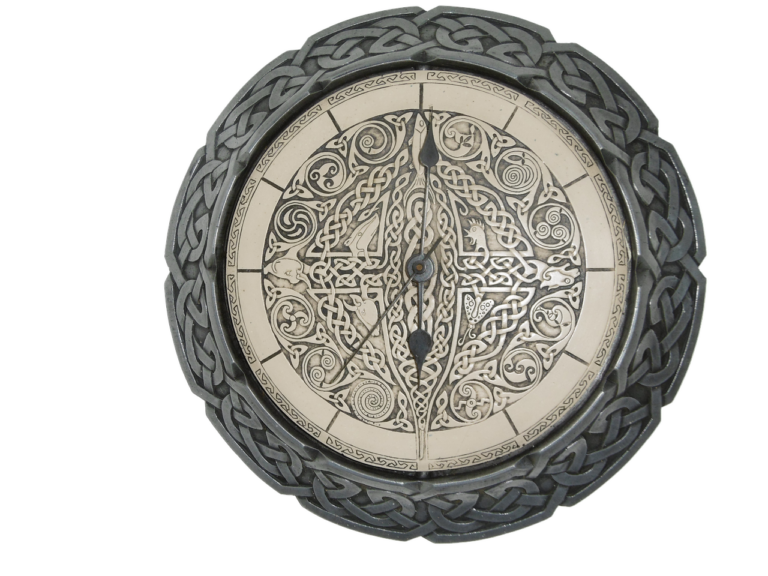Mastering MMC

Mastering MMC: Simplifying Your Configuration Process
- Introduction to MMC
- Understanding the Purpose of MMC
- Benefits of Mastering MMC
- Key Features and Functionality
- Best Practices for Using MMC
- Common Mistakes to Avoid in MMC Configuration
- Advanced Tips and Tricks for MMC Configuration
- Recommended Resources for Learning MMC
MMC, or Multi-Media Controller, is a powerful software that allows users to easily configure various multimedia devices. Whether you’re a home entertainment enthusiast or a professional audiovisual technician, mastering MMC can greatly simplify your configuration process and enhance your overall experience.
Why Mastering MMC is Essential for Seamless Device Configuration
MMC provides a user-friendly interface that allows you to effortlessly configure and control various multimedia devices such as speakers, televisions, projectors, and more. By mastering MMC, you can easily connect and integrate different devices, ensuring seamless compatibility and optimal performance. Instead of dealing with complex configuration settings and compatibility issues, MMC simplifies the process, saving you time and frustration.
Key Benefits of Mastering MMC Configuration
1. Efficient Setup: MMC streamlines the configuration process, allowing you to set up your multimedia devices quickly and easily.
2. Seamless Integration: With MMC, you can connect and integrate different devices, ensuring they work together harmoniously.
3. Enhanced Control: MMC provides advanced control options, giving you greater flexibility and customization over your multimedia setup.
4. Time and Cost Savings: By simplifying the configuration process, MMC saves you time and eliminates the need for costly professional assistance.
Best Practices for MMC Configuration
1. Familiarize yourself with the documentation: Read the user manual or online resources to understand the features and capabilities of your MMC software.
2. Plan your configuration: Before starting, make a list of all the devices you want to connect and the desired settings. This will help you stay organized and avoid confusion.
3. Update firmware and software: Ensure that all multimedia devices and MMC software are running the latest versions to avoid compatibility issues.
4. Test configurations: After setting up your devices, test them to ensure everything is working as expected. Make any necessary adjustments if needed.
5. Seek professional help if required: If you encounter complex configuration issues or need specialized assistance, don’t hesitate to reach out to professional technicians or support services.
For more in-depth information and tutorials on mastering MMC configuration, you can visit our recommended resource: www.mmcconfigurationsolutions.com
Frequently Asked Questions about MMC Configuration
Q: How can I troubleshoot common configuration issues in MMC?
A: Start by checking the connections, ensuring all cables are properly connected. If that doesn’t solve the problem, try restarting the devices and updating the software if available.
Q: Can I use MMC to configure multiple devices simultaneously?
A: Yes, MMC supports configuring multiple devices at once, allowing you to easily manage and control your entire multimedia setup.
Q: What are some advanced features of MMC that I should explore?
A: Some advanced features include audio calibration, network integration, and custom automation options. These can greatly enhance your multimedia experience.
Q: Is MMC compatible with both Windows and Mac operating systems?
A: Yes, MMC is designed to work seamlessly on both Windows and Mac platforms. Just make sure you download the appropriate version for your operating system.
Q: Can MMC be used for professional audiovisual setups?
A: Absolutely! MMC is widely used in professional settings, providing advanced configuration options and control over complex audiovisual systems.





